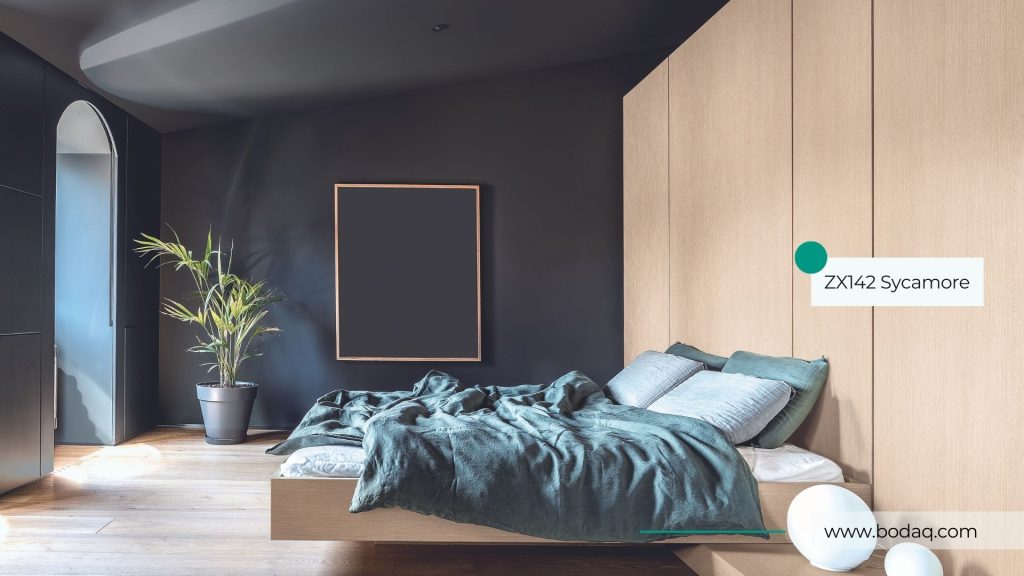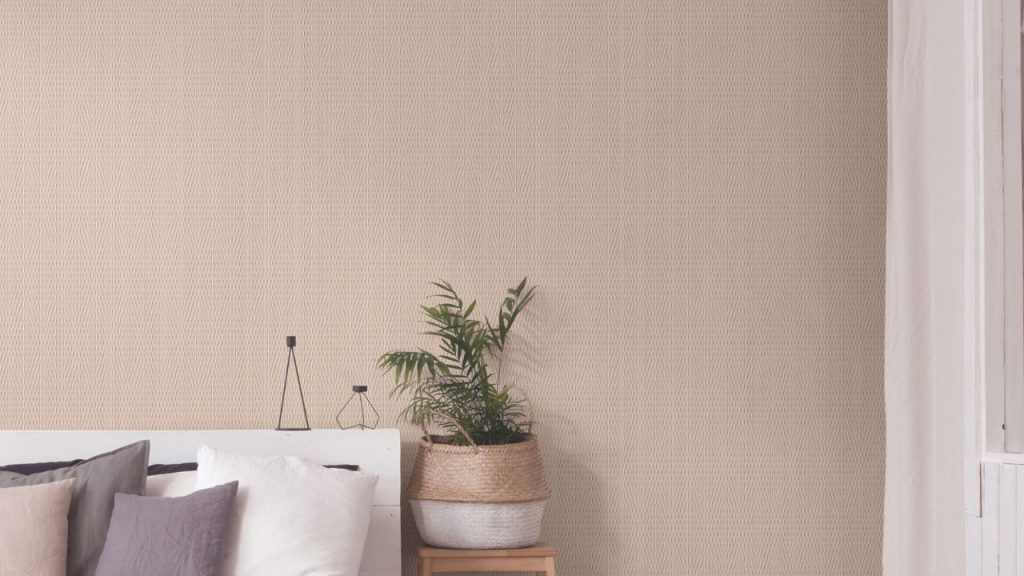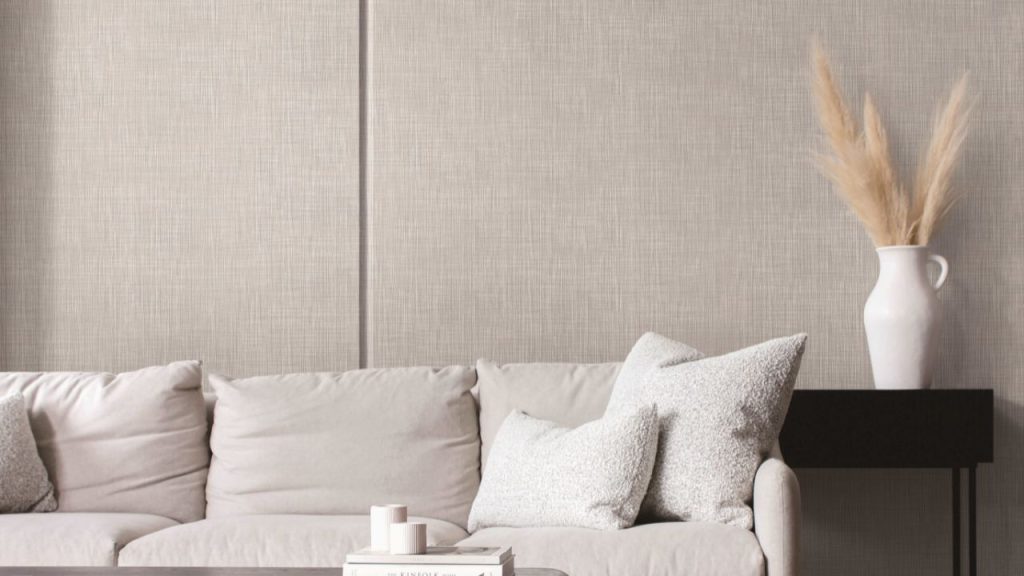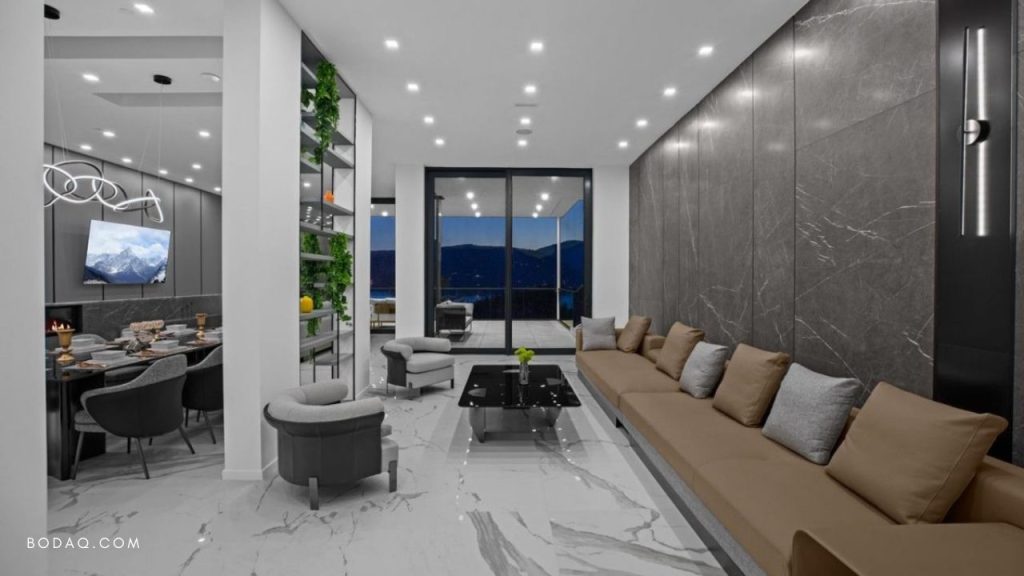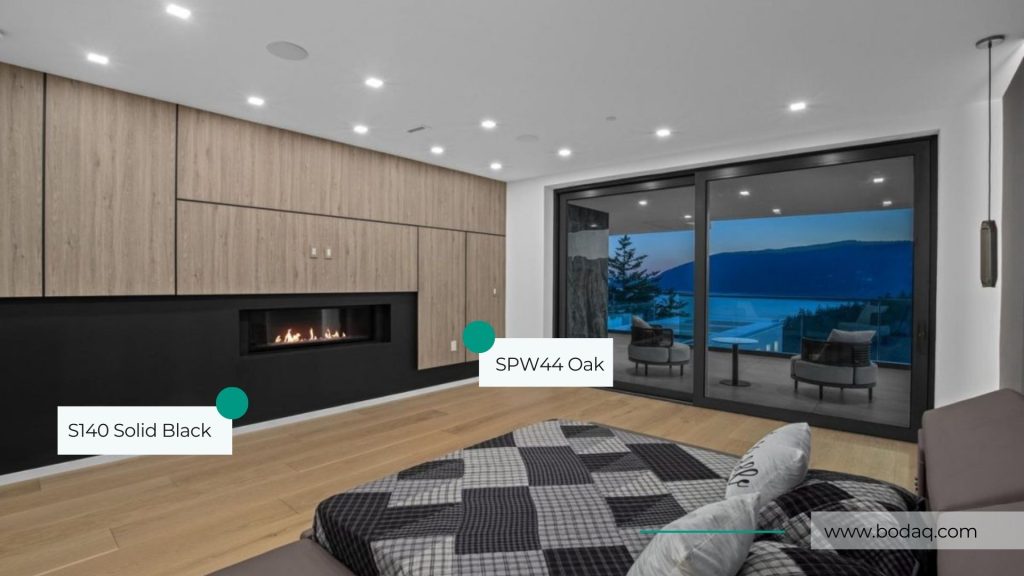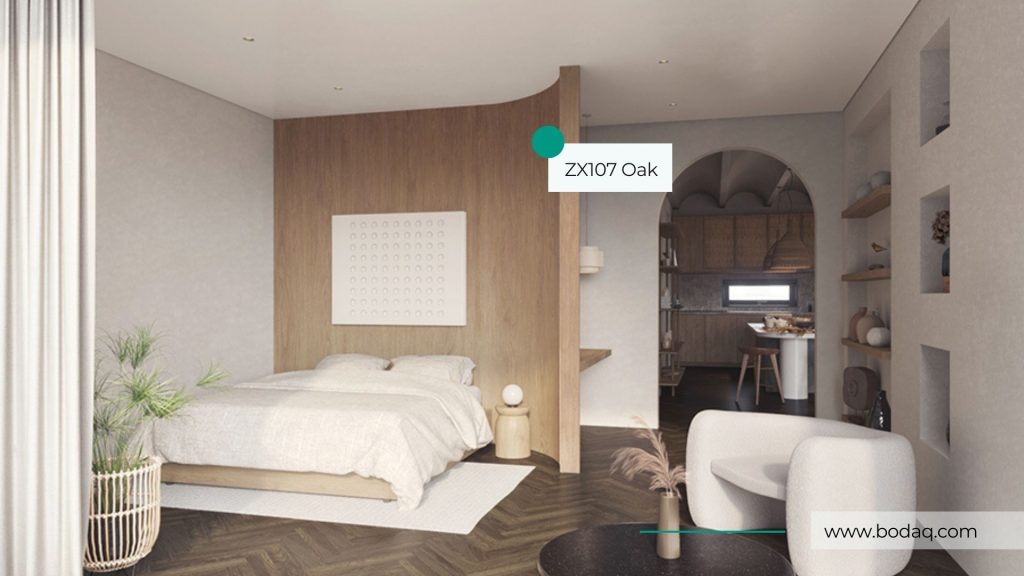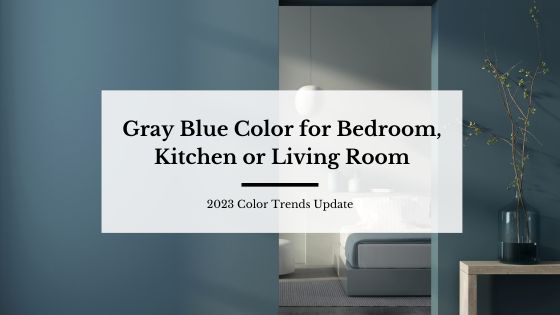Best Wall Paneling Ideas for Home: from Bedroom to Basement
Looking to transform your walls? Wall paneling may be just the solution you need. In this article, we’ll explore a variety of creative wall paneling ideas that can enhance the aesthetics and functionality of any room in your home. From rustic wood paneling to modern geometric designs, there’s something for every style and taste.
Table of Contents
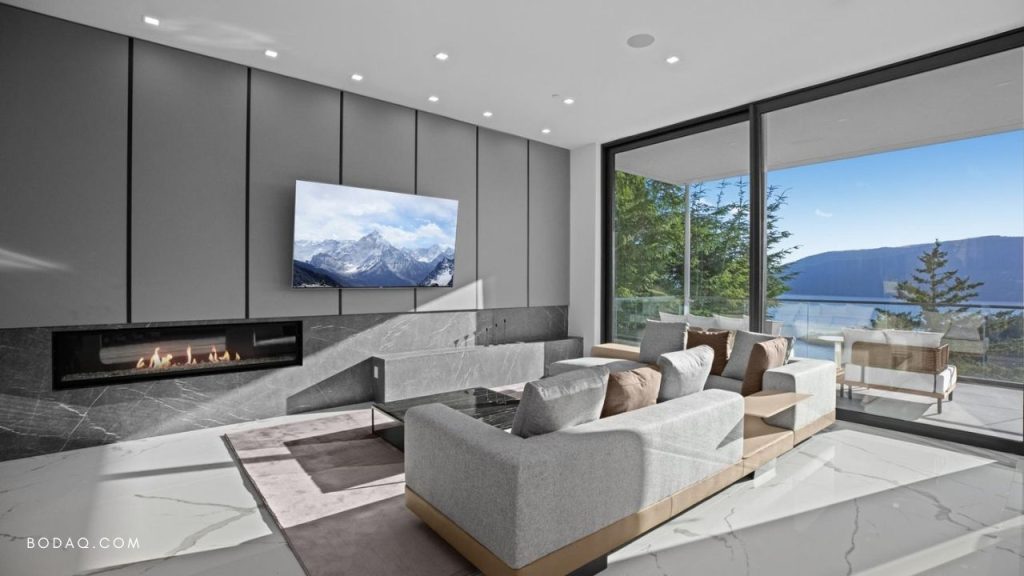
What is Wall Paneling?
Wall paneling is a decorative covering applied to walls to enhance their appearance or to protect them from damage. It can be made from a variety of materials, including wood, plastic, metal, fabric, and even stone. Wall paneling can be used in any room of the house, from the living room to the bathroom, and can add texture, depth, and visual interest to an otherwise plain wall.
Wooden wall paneling is perhaps the most popular type of paneling, with a variety of styles available to suit any interior design. Tongue and groove paneling, for example, creates a smooth and uniform finish, while shiplap paneling gives a rustic and textured look. Reclaimed wood paneling is also a popular option, as it provides a unique and environmentally friendly way to add character to a room.
Other types of wall paneling include plastic paneling, which is often used in bathrooms and other areas that are prone to moisture. Metal paneling is popular in industrial or contemporary settings, while fabric paneling can provide a soft and textured look.
What Materials are Most Often Used for Wall Cladding and Why
Wall cladding refers to the process of covering the exterior or interior walls of a building with an additional material. This process serves both functional and aesthetic purposes, as it can provide additional insulation, protect the building from the elements, and enhance the visual appeal of the structure. Various materials can be used for wall cladding, each with its unique properties and advantages.
Vinyl
One of the most commonly used materials for wall cladding is vinyl. Vinyl is a popular choice for its affordability, low maintenance, and easy installation. It is also available in a wide range of colors and patterns, making it an attractive option for many different architectural styles.
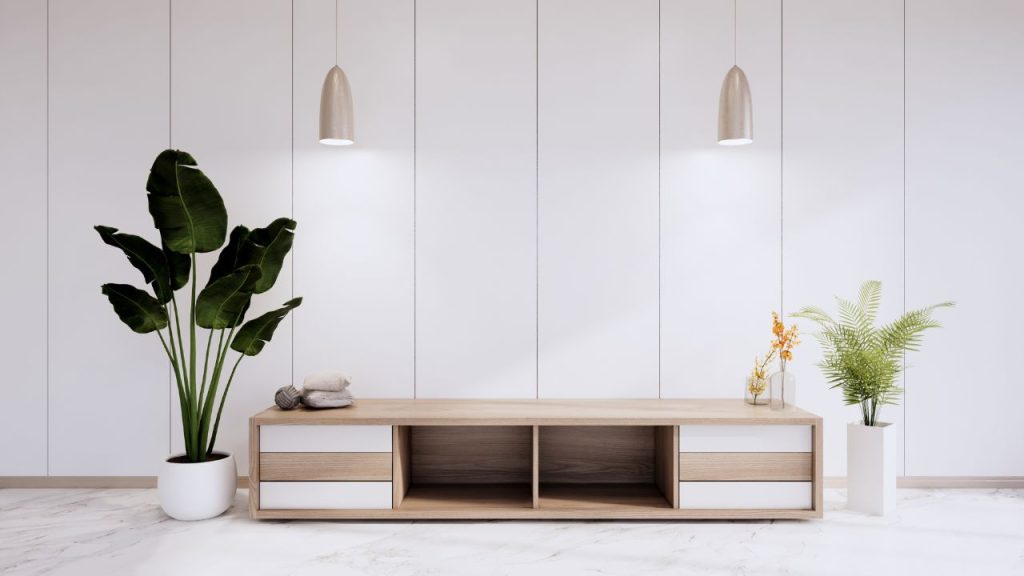
Metal
Another material frequently used for wall cladding is metal. Metal cladding is durable, weather-resistant, and can offer a modern or industrial aesthetic. Metals such as aluminum, copper, and steel can be used, and different finishes can be applied to create a variety of looks. However, metal cladding can be more expensive than other options and may require professional installation.
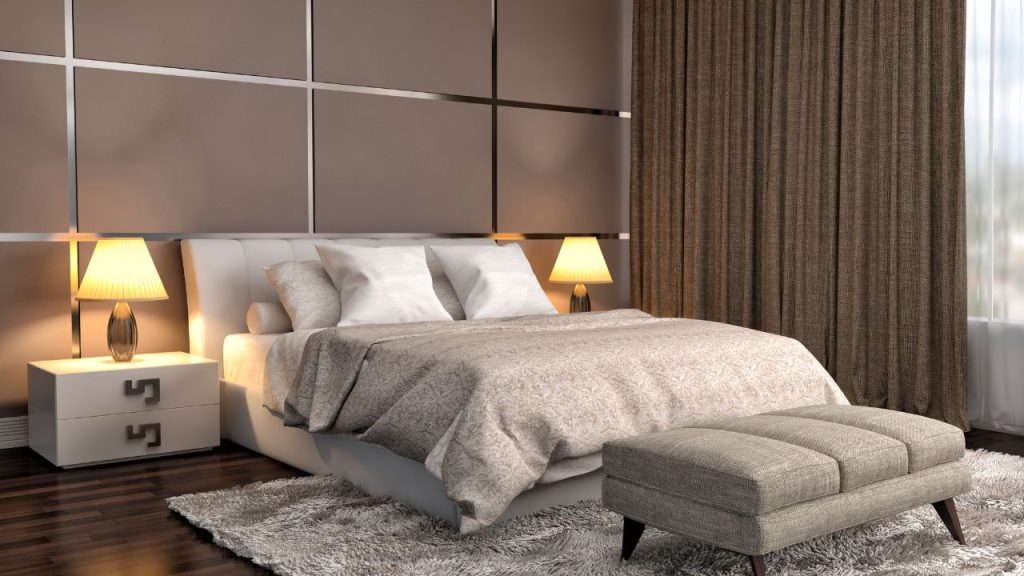
Stone
Stone is another popular material for wall cladding, particularly for high-end or luxury buildings. It can add a sense of grandeur and timelessness to a structure, as well as providing excellent insulation and durability. Stones such as granite, marble, and limestone can be used, each with their unique colors and textures. However, stone cladding can also be expensive and requires skilled labor to install.
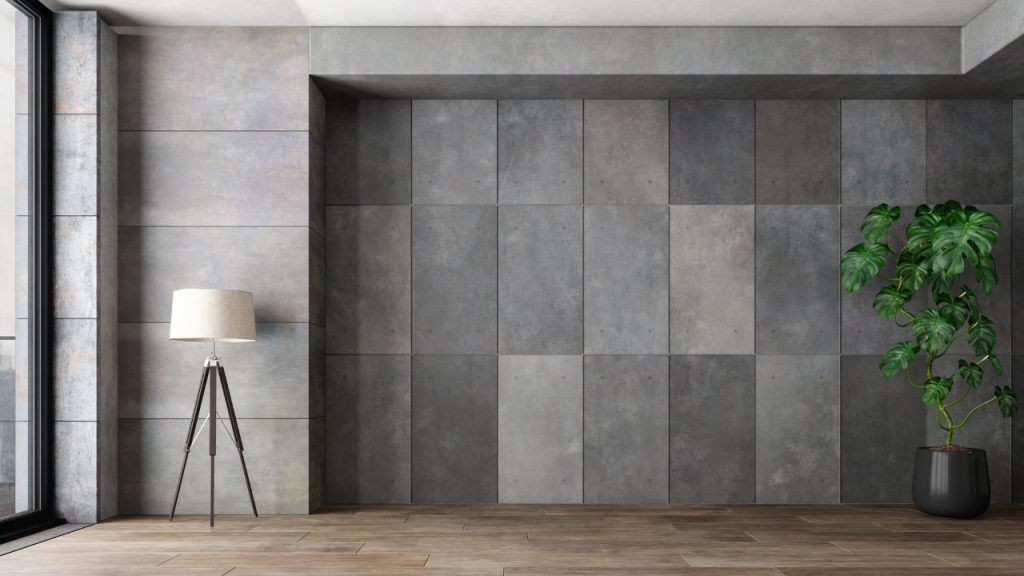
Wood
Wood is a natural and versatile material that can be used for wall cladding. It can offer warmth, texture, and a natural aesthetic to a building, particularly in residential or rural settings. Wood can be stained, painted, or left unfinished, and different types of wood can be used depending on the desired look and climate. However, wood cladding requires regular maintenance to prevent rot, warping, or insect damage.
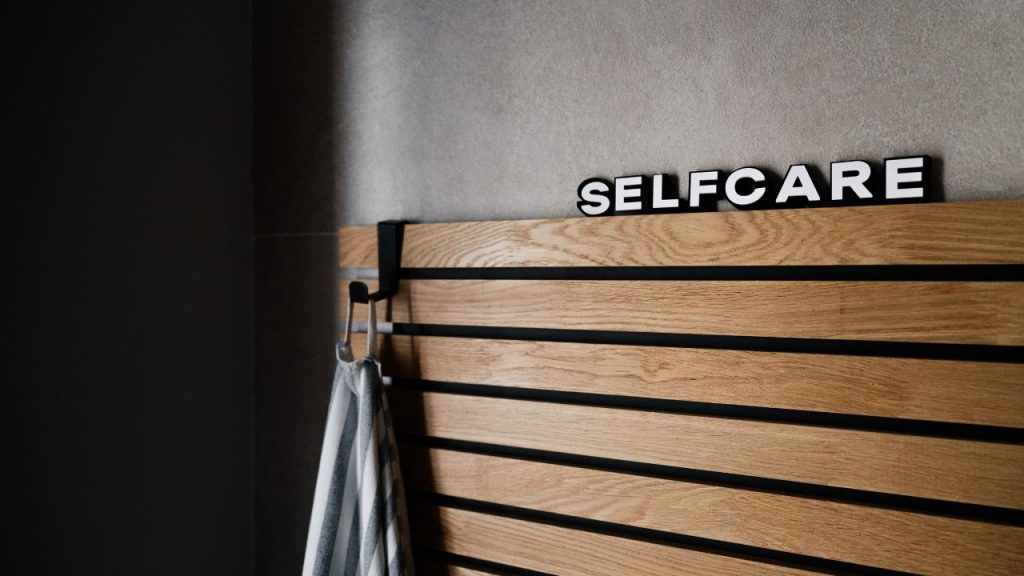
Architectural film
Architectural film is a self-adhesive material designed for wall cladding that can mimic the appearance of other materials such as wood, stone, or metal. It is a cost-effective alternative to traditional materials and can be installed quickly and easily without the need for skilled labor. The film is durable, scratch-resistant, and can be easily removed or replaced if necessary, making it a popular choice for commercial and residential applications.
Wall Paneling Design Ideas for Different Rooms
Today, wall paneling is a popular interior design trend that adds a touch of elegance and sophistication to any room. Wall paneling is available in a wide range of materials and designs, making it easy to find the perfect style for your home.
Here are some wall paneling design ideas for different rooms that will inspire you to give your home a fresh new look:
Living Room
Wall paneling in the living room can create a warm and inviting atmosphere. Choose wood paneling with a natural finish to add warmth and texture to the room. Alternatively, if you want a more modern look, go for a sleek, minimalist design in a neutral color. You can also add interest by mixing and matching different types of paneling, such as wood and metal.
Here are some creative living room wall paneling ideas:
Reclaimed wood panels
If you love the look of rustic or industrial décor, consider using reclaimed wood panels for your living room walls. This type of wall paneling adds warmth, texture, and character to your space, and it can be a great way to showcase the natural beauty of wood. You can also opt for different wood finishes, such as distressed or weathered wood panels, to create a unique look.
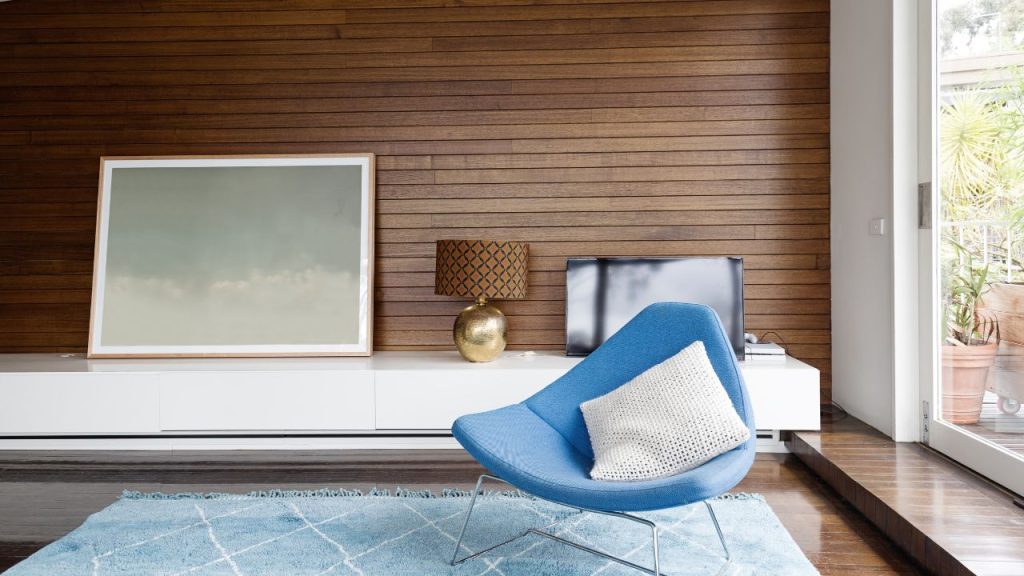
Leather panels
For a sophisticated and luxurious look, consider using leather panels for your living room walls. Leather panels add a touch of elegance to your space and can create a cozy and intimate atmosphere. They are available in a range of colors, from rich browns to classic black, and can be paired with other textures and materials for a chic and stylish look.
Fabric panels
If you’re looking for a more budget-friendly option, consider using fabric panels for your living room walls. Fabric panels are available in a variety of colors and patterns, and they can be a great way to add texture and visual interest to your space. You can also choose from different fabric types, such as linen or velvet, to create a look that suits your style.
3D panels
If you want to make a bold statement with your living room walls, consider using 3D panels. These panels add depth and dimension to your space and can create a dramatic visual impact. They are available in a variety of shapes and designs, from geometric patterns to abstract designs, and can be painted in different colors to match your décor.
Dining Room
Wall paneling in the dining room can add a touch of elegance and sophistication to your space. Consider installing paneling made from rich, dark wood for a classic look. Alternatively, you can choose a more contemporary design in a light color to create a bright and airy feel. Add a statement wall by using patterned or textured paneling to create a focal point in the room.
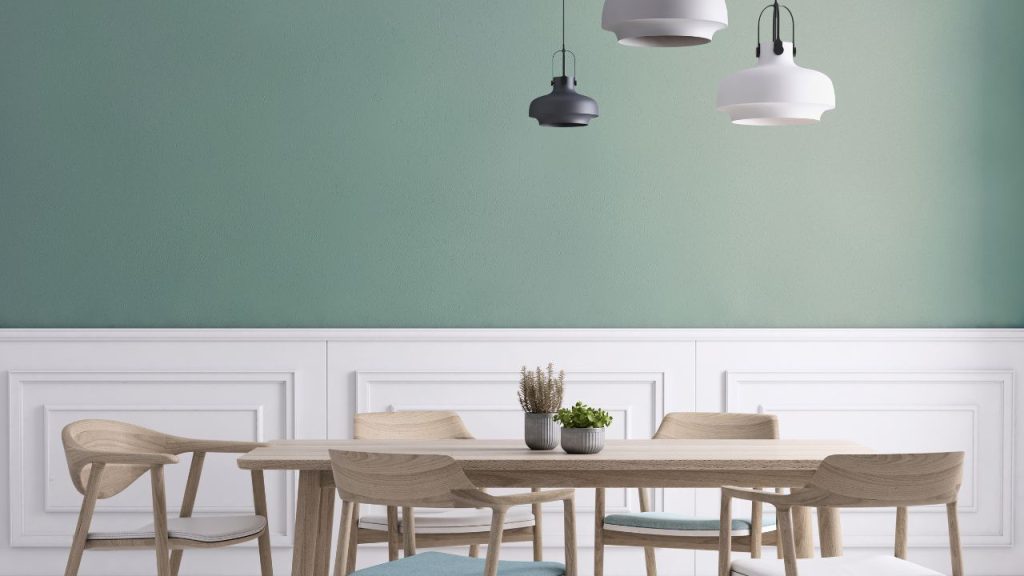
Bedroom
Wall paneling in the bedroom can create a cozy and comfortable atmosphere. Choose soft, muted colors and textures to create a relaxing ambiance. Consider installing paneling behind the bed to create a statement wall. You can also use paneling to create a built-in headboard or to add interest to a feature wall.
When it comes to choosing the right bedroom wall paneling ideas, there are several options to consider. Padded or upholstered wall panels can provide a luxurious and comfortable look, making your bedroom feel cozy and inviting. They can also absorb sound, making them a practical choice if you’re looking to reduce noise in your sleeping space. These types of wall panels are available in a range of fabrics and colors, so you can choose the one that best complements your bedroom décor.
On the other hand, if you’re looking for a more rustic and natural feel, wooden paneling with a natural finish can be a great option. Wood paneling can add warmth and character to your bedroom, and it works particularly well in rooms with a cabin or cottage-style décor. You can choose from a range of wood species, each with its own unique texture and grain pattern. For a more modern twist, you can also consider wood paneling with a distressed or whitewashed finish, which can add a shabby-chic vibe to your bedroom.
Bathroom
Wall paneling in the bathroom is a great way to add a touch of luxury and style. Choose waterproof paneling made from materials such as PVC or fiberglass to ensure that your paneling lasts for years to come. Consider using paneling in a bold color or pattern to create a statement wall. Alternatively, use paneling to add texture and interest to a feature wall.
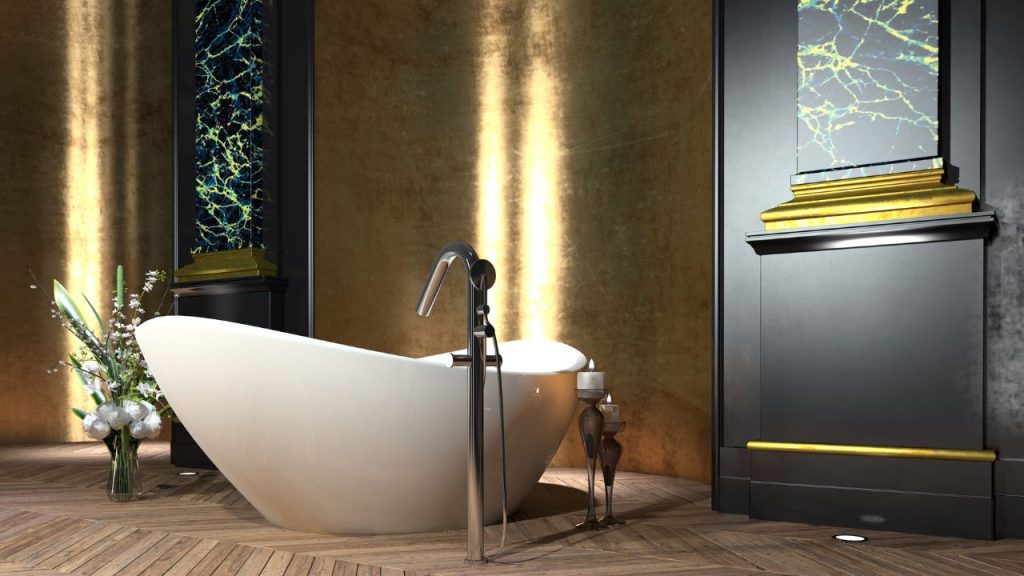
Kitchen
Wall paneling in the kitchen can create a unique and stylish look. Choose paneling made from materials such as reclaimed wood or metal for an industrial feel. Alternatively, use bright and bold colors to create a fun and playful atmosphere. You can also use paneling to create a backsplash or to add interest to the walls around your kitchen cabinets.
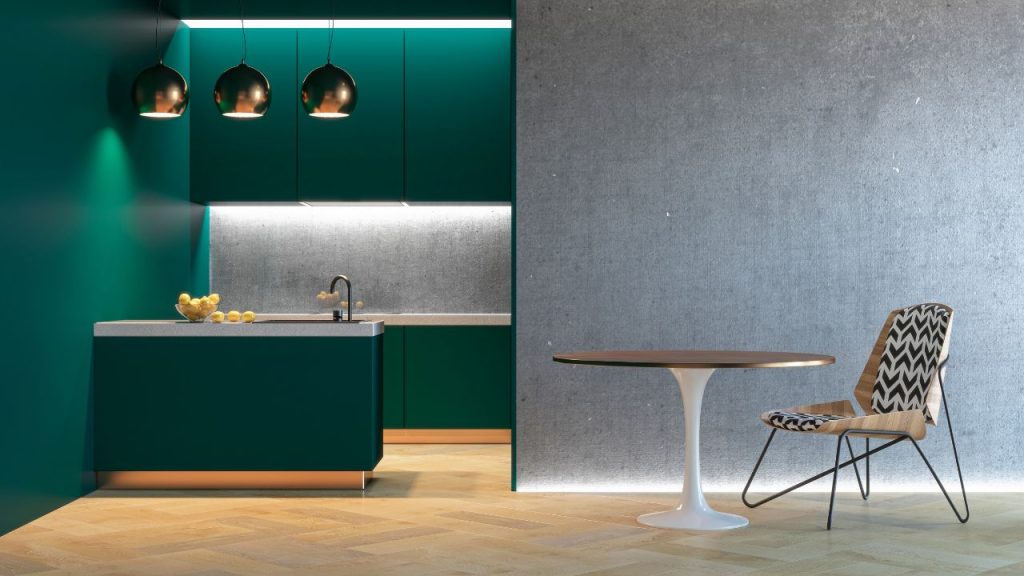
Basement
A basement is often a space that is overlooked, but with the right wall paneling, it can be transformed into a beautiful and functional area. There are many ideas to choose from, depending on your personal style and preferences.
One popular option for basement wall paneling is wood paneling. Wood paneling can add warmth and texture to a space, creating a cozy and inviting atmosphere. Tongue and groove or shiplap panels are popular options for a rustic or farmhouse look.
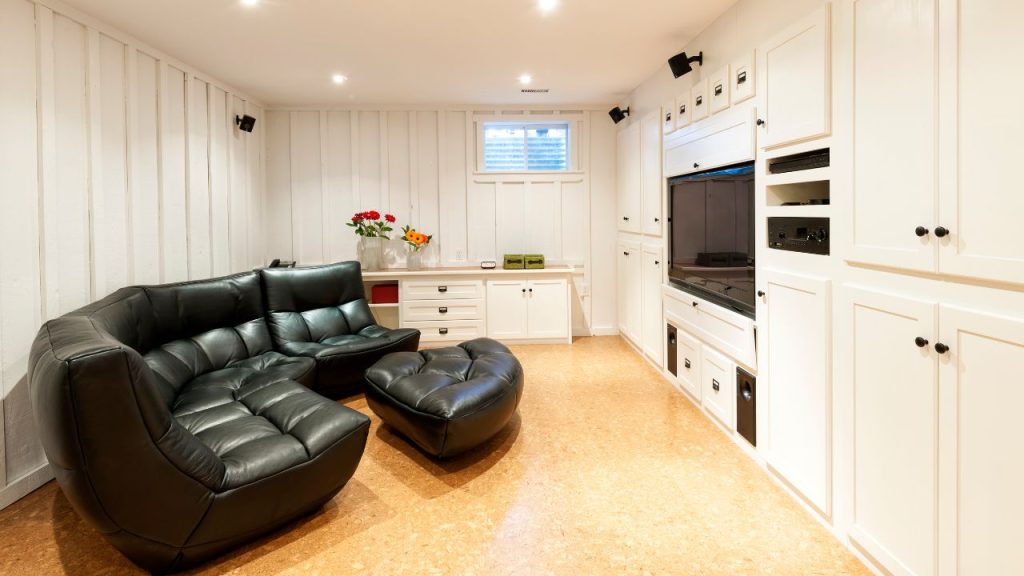
Stone veneer paneling is another popular choice for basements. Stone veneer panels can add a touch of elegance to a basement and create a focal point. They come in a range of styles and colors, from modern to traditional.
PVC paneling is a practical and easy-to-install option for basement wall paneling. It is moisture-resistant and can be painted to match any color scheme. It also comes in a variety of patterns, such as beadboard or tile.
Finally, fabric paneling can add a soft touch to a basement and absorb sound, making it a popular option for media or game rooms. Fabric panels can be made from a variety of materials, such as burlap or velvet, and can be custom-designed to fit any space.
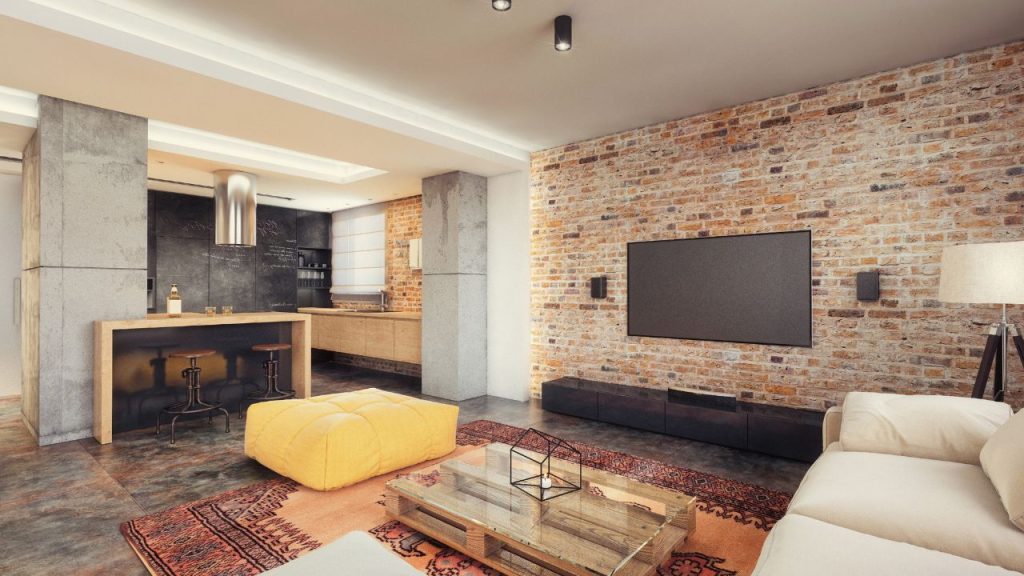
Conclusion
In conclusion, wall paneling can be a great way to add texture, depth, and visual interest to any room in your home. Whether you opt for a traditional, rustic, or modern style, there are countless options available to suit your taste and budget. From accent walls to full-room installations, the possibilities are endless when it comes to wall paneling. We hope these design ideas have inspired you to explore the world of wall paneling and consider incorporating this versatile design element into your next home renovation project.
FAQ about Wall Paneling
- What is the most common style of wall paneling design in the world?
It is difficult to determine the most common style of wall paneling design in the world, as it varies greatly depending on region, culture, and personal preference. However, some popular styles of wall paneling include wood paneling, shiplap, beadboard, and wainscoting.
- What is the difference between wall paneling and complete wall repair?
Wall paneling and complete wall repair are two different approaches to updating the look of a wall. Wall paneling involves covering the existing wall with a new material, such as wood, stone, or fabric. This is a relatively quick and easy process that can be done without major construction work. On the other hand, complete wall repair involves tearing down and rebuilding the existing wall, which is a more involved and costly process. Wall repair may be necessary if the existing wall is severely damaged or structurally unsound.
- How long does it take on average to design a wall paneling, depending on the type of room?
The amount of time it takes to design a wall paneling project depends on several factors, such as the size and complexity of the room, the type of paneling being used, and the level of customization required. On average, a basic wall paneling project for a standard-sized room may take a few days to a week to complete. However, more complex designs or larger rooms may require more time and planning. It is best to consult with a professional to get an accurate estimate of the timeline for a specific project.





